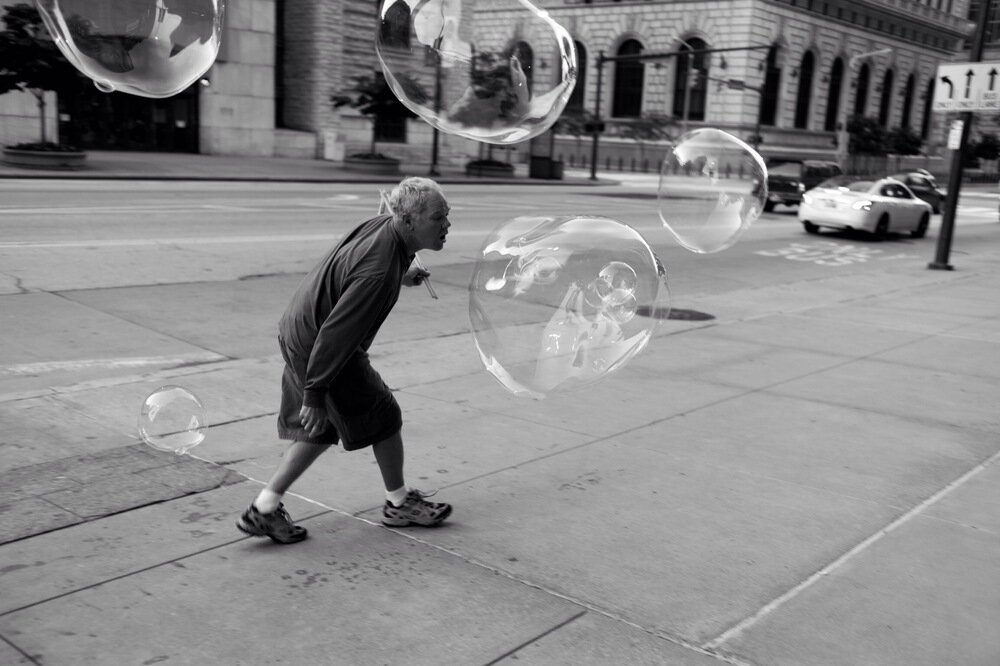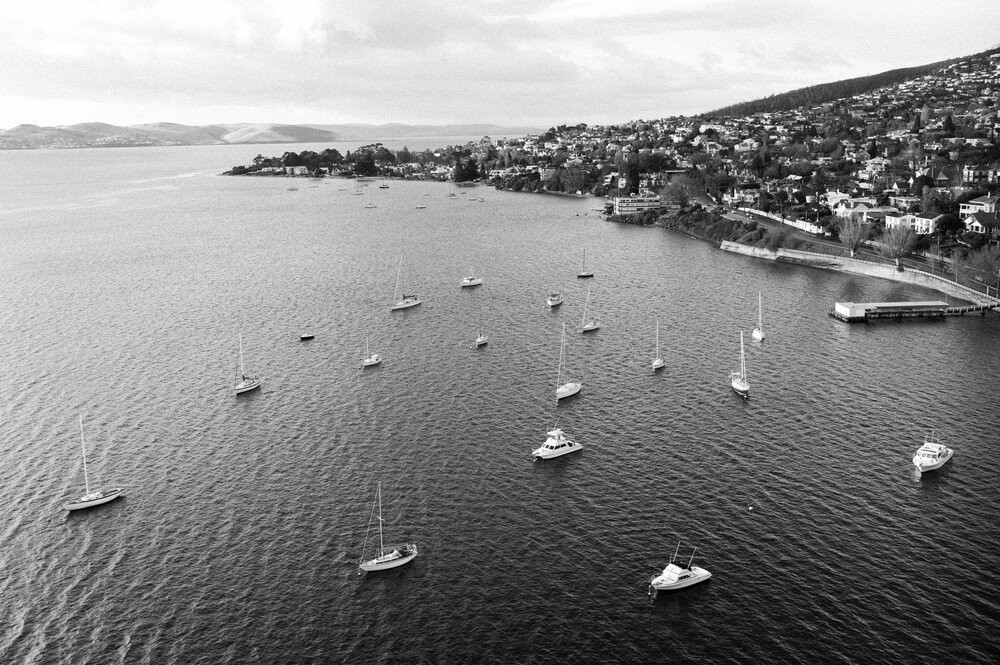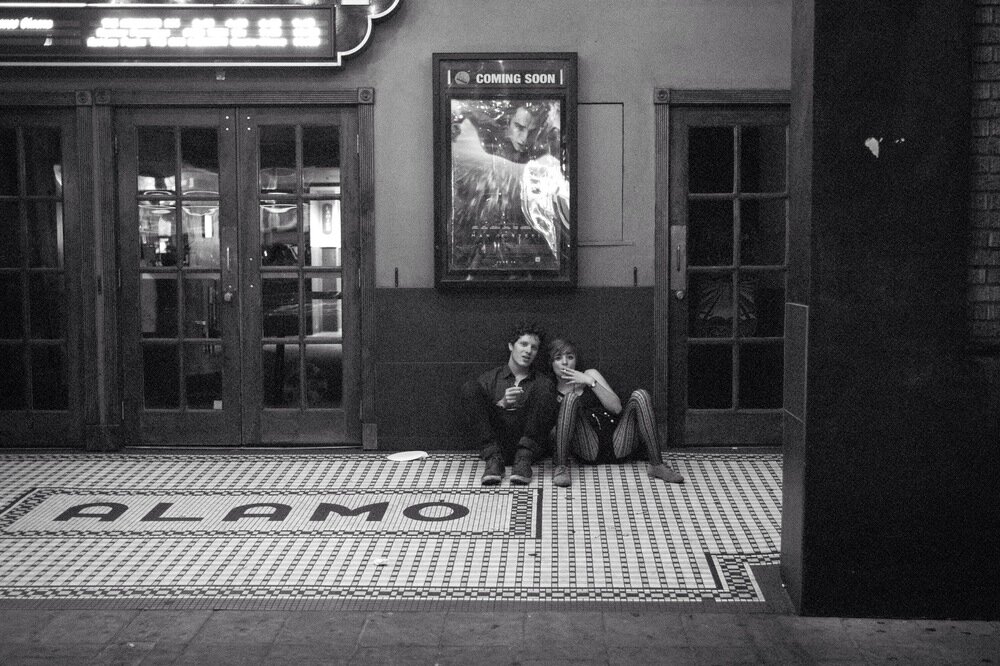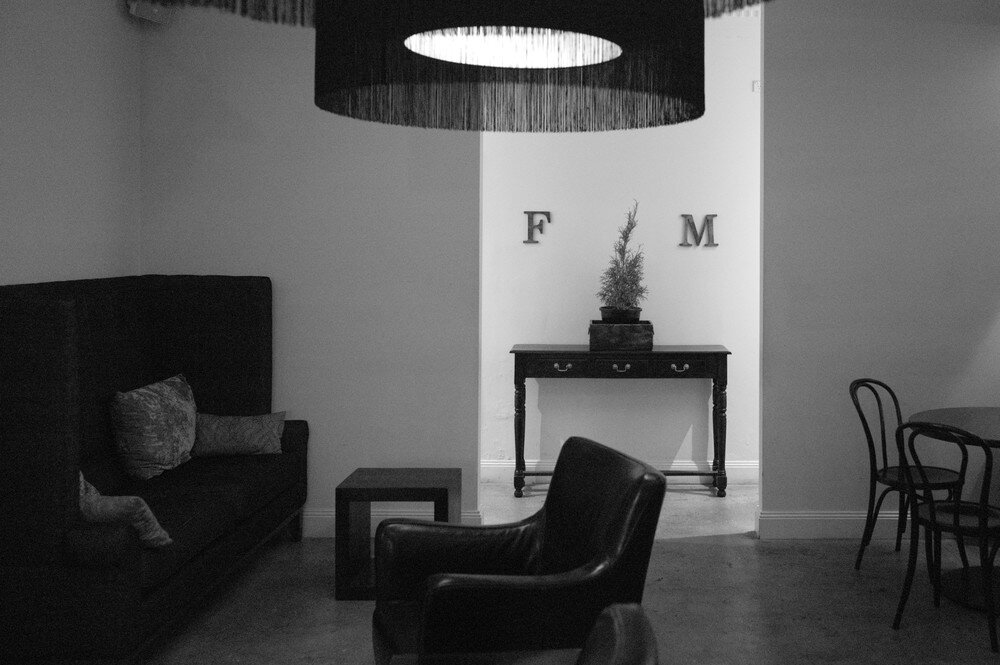The Misunderstood Leica Monochrom
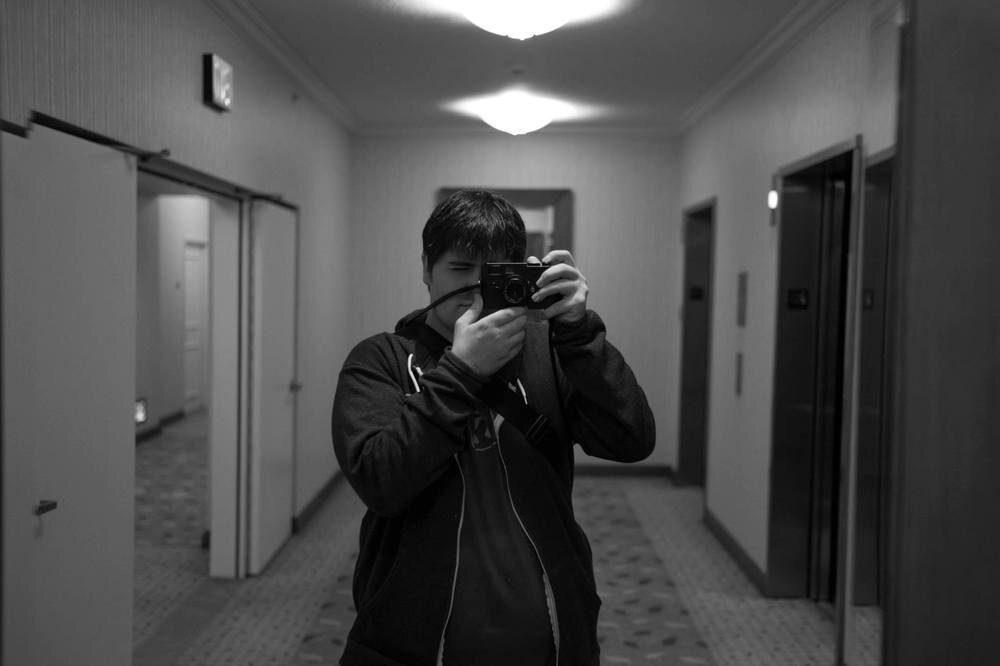
My camera of choice is the Leica M Monochrom. This digital black-and-white rangefinder camera is my most prized possession and the source of a great deal of inspiration. My beloved camera, unfortunately, has a tendency to polarize people. Instead of being perceived purely as a quality instrument of art and expression, it is often criticized for being an useless object of excess.
Common objections include:
- Why would you want to limit yourself to just black and white?
- If I'm going to pay that much for a camera, it had better be perfect.
- I'd rather have a full-frame DSLR and 5–8 lenses for that price.
I couldn't disagree more with these perspectives, and I'm going to attempt to explain.
The Sensor
The most unique part of this camera is obviously the sensor — it can only shoot in black and white.
Digital camera sensors typically capture color as three different light channels — red, blue, and green. Since you can't capture each of those colors with the same photon receptor, the receptors for each color on the sensor are laid out mathematically to allow the final color image to be stitched together — this system called a Bayer Filter Mosaic.
Unfortunately, when these three channels are stitched back together the signal invariance from each color is compounded, causing drastic increases of digital noise in the final image. And, because multiple captures are being used to calculate the final state of each usable pixel, the potential resolution of the sensor is cut approximately in half. The filters in front of the receptors also decrease the brightness of the light hitting the sensor, furthering the problem.
Of course, modern camera manufacturers have developed image sensors with such excellent performance that this is rarely a pressing issue. Unfortunately, the Leica M9 was not one of those cameras. The M9 sensor, while beautiful in bright light, falls over on its face when in dimly lit situations. Images over ISO 1800 are mostly unusable. With the Monochrom, you can shoot at 8000+ ISO and get fantastic results because it doesn't have a Bayer Filter.
This information, compounded with the fact that over 70% of Leica photographers are shooting B&W full-time, clarifies the creation of the Leica Monochrom.
The Leica M
To understand what is so special about any Leica M, we'll need some historical context.
In 1954, Leitz Camera released a camera that changed the world forever — the Leica M3. Shockingly expensive at the time ($450, about $3600 today), the M3 is the best-selling camera Leica has ever produced, and it changed the photography world forever.
I own one of the first Leica M3s ever produced. Today, almost 60 years after its manufacture, this mechanical marvel still operates perfectly. Can you imagine the hardware and software you're using today to work in 2062?
Its impressive features included:
- Modern bayonet lens mount system, replacing the old screw mounts. * Hybrid rangefinder and frameline system with automatic parallax. * Automatically selected, parallax-corrected framelines. * Double stroke film advancer. * Ten second self-timer.
Pretty standard feature-set, right? Believe it or not, In 1954 most of these features were unheard of. This revolutionary camera took the market by storm, causing most camera manufacturers to follow in Leica's footsteps until the unfortunate introduction of the SLR.
The Rangefinder
The viewfinder is the most important part of any camera. It’s the photographer’s window to the world; it teaches him how to see.
Today, almost every professional camera sold is an SLR (Single Lens Reflex). This means that when you look through the viewfinder, instead of looking into the distance, you focus on a small optical screen a few inches in front of your face that shows your eye almost exactly what the sensor will see. This is an incredibly accurate system that works well for everything from macro to extreme telephoto photography.
Unfortunately, there are also some major downsides to SLRs. This design forces the lenses to be far from the image sensor, making the camera body and lenses very large and bulky. The mirror slapping around inside the camera also makes a very loud sound.
Worst of all, this isolates you from your subject. While the shutter is open, the “decisive moment” you are capturing is stolen from your eye and routed to the sensor instead. The moment you’re working so hard to discover is one that you’ll never experience yourself.
With a rangefinder, you look through a window and your eyes focus as you normally would. When you capture an image, the moment isn’t stolen from you. You get to experience it yourself.
Manual focusing is also much simpler and accurate. You won’t get an “exact” preview of the final image as you would with an SLR, but a very good estimation. This teaches you to rely more on your eye than on your glass, which makes you a better photographer.
Sample Images
Here are some real-world images I captured with the Monochrom over the past few months.
In Conclusion
Leica M cameras are extremely well engineered pieces of equipment, designed for photographers. While today's Leica cameras aren't manufactured to the same excessive standards as they were in the 50s, they are still easily one of the finest tools available to photographers today.
The M Monochrom is an exceptional camera in many areas:
- Dynamic Range * Resolving Power * High ISO performance (ISO 8000+) * Size and Portability * Inconspicuousness * Craftsmanship * Mechanics
I think you can also get fantastic B&W results out of the new Leica M240, especially when compared to the M9. However, you will be sacrificing some amount of the dynamic range, resolving power, and interface simplicity of the MM.
tl;dr
This camera is a testament to engineering, craftsmanship, and above all, beauty.
It's truly an inspiration.


